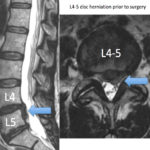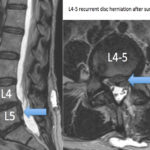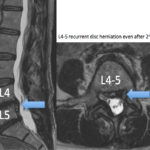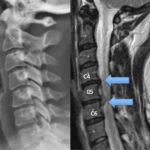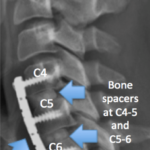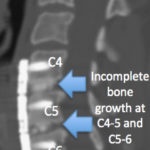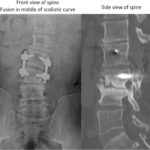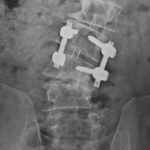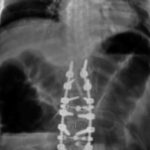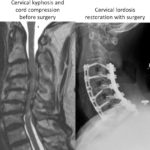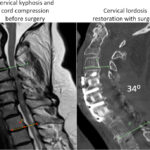 Whenever we perform spine surgery, we hope that this will be the only spine surgery a patient needs. However, having spine surgery does not guarantee that spine problems are gone for good. In some cases, the initial procedure worked but new problems arise. In other cases, the original surgery failed. Regardless of cause, pain and other symptoms can continue.
Whenever we perform spine surgery, we hope that this will be the only spine surgery a patient needs. However, having spine surgery does not guarantee that spine problems are gone for good. In some cases, the initial procedure worked but new problems arise. In other cases, the original surgery failed. Regardless of cause, pain and other symptoms can continue.
It is common to have some pain after surgery
It is common for patients to have some pain after surgery and presurgical symptoms may take some time to improve or resolve. However, if pain is persistent or worsens, or other new symptoms develop, then an evaluation should be performed.

